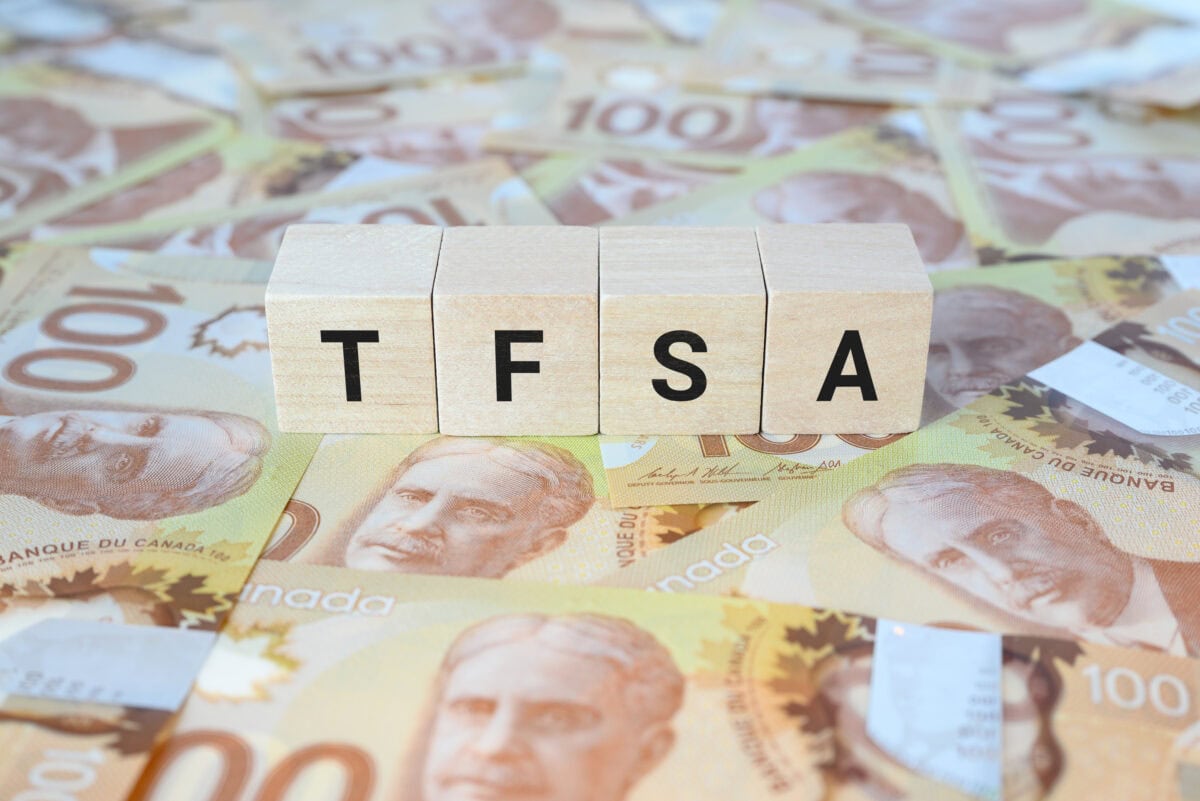Canadians use the Tax-Free Savings Account (TFSA) to save and invest for retirement. Money growth and investment earnings are generally tax-free, provided you don’t hold U.S. or foreign assets where dividends are subject to a 15% withholding tax. The tax-free withdrawal is an added feature.
While you can use the TFSA for life, you can’t contribute that much because of contribution limits. The annual dollar limit was $6,000 from 2019 to 2022, $6,500 in 2023, and $7,000 this year. According to the Canada Revenue Agency (CRA), the $500 increase in the last two years reflects changes in inflation.
If you were 18 or older in 2009 and have not contributed, the accumulated contribution room is $95,000. But is there accurate data on TFSA usage and the average balance of a user, say, aged 40 and up?
Average TFSA balance
A Bank of Montreal Annual Retirement Survey released in January 2024 revealed that TFSA usage declined to 62% last year from a peak of 69% in 2018. However, the same poll shows that balances have risen steadily in the last six years. The mean TFSA balance is $41,510, 8.3% higher than in 2022.
Canadians aged +40 and regular TFSA users (not necessarily maximizing yearly limits) could have an average balance between $50K and $70K. The figure might not include 2024 earnings yet.
Also, the tax-free passive income could be substantial if holdings are high-yield stocks like Atrium Mortgage Investment (TSX:AI) and Diversified Royalty (TSX:DIV).
Profitable option
Atrium’s ticker symbol is AI, but don’t be misled. The dividend stock is not a tech company but one of Canada’s largest mortgage investment corporations (MICs). This $514.3 million non-bank lender caters to real estate and development clients and provides them with financing solutions.
At $11.58 per share, the dividend yield is 7.77%. Assuming your TFSA balance is a high average of $70,000, the money generates $5,349 annual tax-free income. Since Atrium pays monthly dividends, that would be $453.25 monthly. In addition to not missing a monthly payout, the MIC paid a special dividend every year since 2013.
In the second quarter (Q2) of 2024, the mortgage portfolio hit a record $907.8 million, notwithstanding a slower market activity. However, with more rate cuts coming after the third cut this month, Atrium Mortgage is a profitable option for TFSA investors.
Cash cow
Dividend Royalty is the cheapest cash cow on the TSX today. At only $2.92 per share, current investors enjoy a 14.25% year-to-date gain on top of the mouth-watering 8.56% dividend. Like Atrium Mortgage, the payout frequency is monthly.
A $50,000 TFSA balance transforms into a monthly $356.67 cash flow stream and remains intact. The $483 million multi-royalty corporation owns trademarks and collects royalties from diverse companies and franchisors.
Mr. Lube is the lead royalty partner among eight ongoing business concerns. AIR MILES, Sutton, Mr. Mikes, Nurse Next Door, Oxford Learning Centres, Stratus Building Solutions, and BarBurrito complete the royalty pool. In the first half of 2024, royalty income climbed 16.9% year over year to $31.57 million.
Grow TFSA balance faster
Atrium Mortgage and Diversified Royalty are excellent for income-focused investors. Your TFSA balance can compound faster because you can reinvest the dividends 12 times a year.









